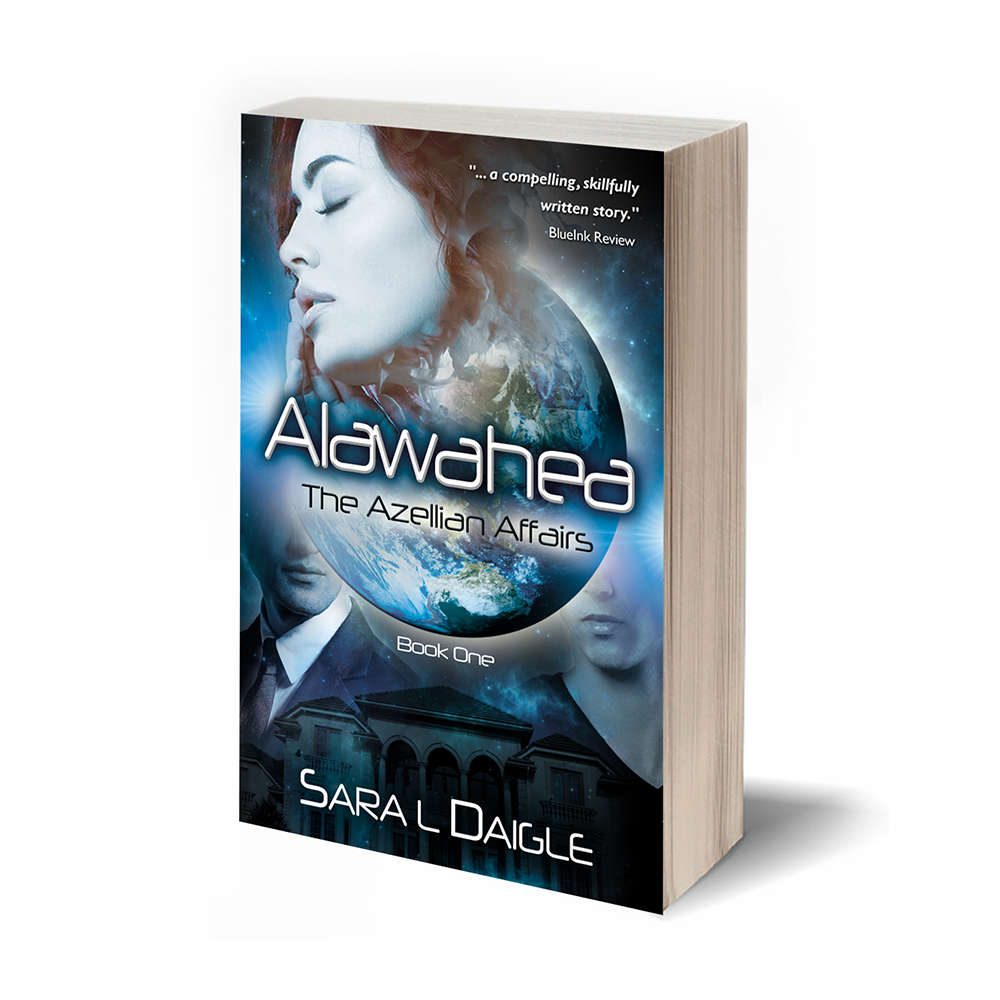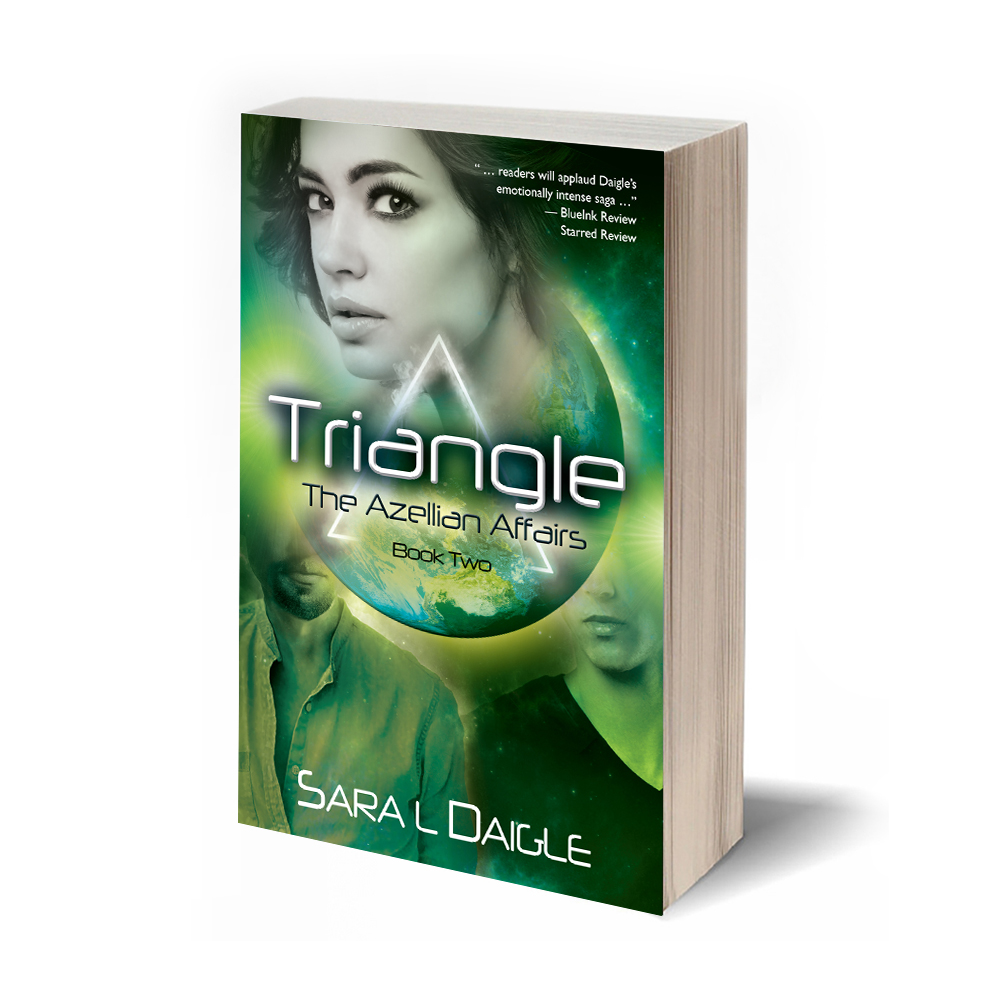The Art of Writing
/I’ve always loved language. Using a different word might completely change the subtle shading of what I am trying to say—how each and every word contributes to the look, the feel, and the texture of a book. Words deepen the experience a reader has with a book, or drags the reader out of the story if something is jarring or out of place. Words are also one of my favorite “geek out” places.
Take a word like “hook up”. It’s slang, so it has meant different things over the years and will probably continue to change meaning as time goes on. Right now, it means a very casual sexual encounter. If I used it when describing a deep, meaningful relationship, the reader would immediately know that it felt off. And it’s slang, so if I had a character who was highly educated and very proper about their speech, if they used this phrase, it would immediately change the tone. It might appear as if the character were making fun of another one, or it might feel jarring and wrong. That could be good, if that’s the point of the story, or bad, if it is an unexplained departure from the character’s profile. Intention is the key—did an author intend to change the tone, or was it a mistake? Huge difference; and one of the cores of the writer’s craft.
These shadings are most obvious in slang, of course, which varies by region, dialect, and generation. When I was a child, we used the word “toss over” to mean move over. My father, who grew up in the same area I did, had no idea what it meant. And when I left the area, I got utterly blank expressions when I said “toss over” to someone. Their reactions could—and did—send me into peals of laughter at my own expense. An expert might even identify my region, age and background identity just from that one expression. Knowing these shadings is a vital piece of adapting to another culture, to melding in with peers, and to our very self-expression—and to the art of writing.
We authors use words to paint our pictures, not with brushes and color, but with carefully chosen phrases and words. As we write, we convey the image of what we want to portray. Readers see that portrayal, interact with it and breathe more life into the image we are creating. Art—and the perception of art—is one of the most beautiful co-creative experiences we as humans can have. And I am thrilled to be able to play in that space with all of you—writers, readers, artists!


